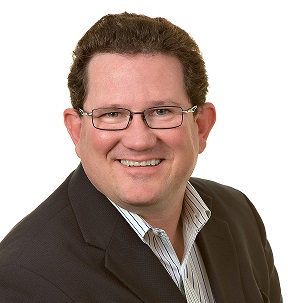 By Andy Nieto, Health IT Strategist, DataMotion
By Andy Nieto, Health IT Strategist, DataMotion
Twitter: @DataMotion
The California Gold Rush began on January 24, 1848, following the discovery of gold at Sutter’s Mill in Coloma, California. The HITECH Act “Gold Rush” began on February 17, 2009, when the American Recovery and Reinvestment Act went into effect. Just like the prospectors of the 1800s who migrated out west in search of wealth, technology companies have been looking to “cash in” on Meaningful Use dollars for the last five years. In 2008, the average cost of an ambulatory Electronic Health Record (EHR) system, per provider, was approximately $2,500. By 2011, that average had risen to more than $36,000 per provider, due to providers now having access to more than $40,000 from Meaningful Use legislation.
The HITECH Act kick-started a monumental shift in the healthcare industry, changing the way healthcare is delivered, documented and shared – all within a mere five-year span. This cultural change has created some significant challenges, one being the lack of trained, experienced and knowledgeable healthcare IT staff. A recent survey by HIMSS stated that healthcare IT positions remain open longer and are more difficult to fill than any other position in the healthcare industry.
Another major obstacle resides with the number of unqualified vendors. The current requirements to certify the technology or attest for Meaningful Use have attracted dozens of vendors seeking their own Sutter’s Mill – many of whom are often lacking the true experience required to fulfill the needs of the industry. One Direct Secure messaging vendor, for example, was discovered to have been offering services from a computer in his apartment using a home internet connection, which left users without service when his internet router accidentally reset. Another example is a Direct Secure messaging vendor hired without any background in regulatory compliance.
The good news is that we have cleared the major hurdle. More than 80 percent of all providers now use technology. Patients have greater access to their records. Tools to exchange and share information are now available. The next steps are to clear the smoke, recognize the successes and the failures, and find the key experts to fill the existing gaps. Performing a function and risk assessment is a great step: evaluate how a resource works, determine that it meets the need and that there are no data risks to that resource. Today’s modern “gold rush” differs from the Gold Rush of the 1800s – there are rules in place and major consequences for those who select vendors that lack the experience to truly enable better patient outcomes.
About the Author: Andy Nieto is the Health IT Strategist for DataMotion, an innovative health information service provider (HISP) with 15 years of experience in secure data delivery. DataMotion was founded in 1999, and today, millions of desktop, tablet and mobile users leverage its mature, cloud-based data delivery platform to securely transmit protected health information.
